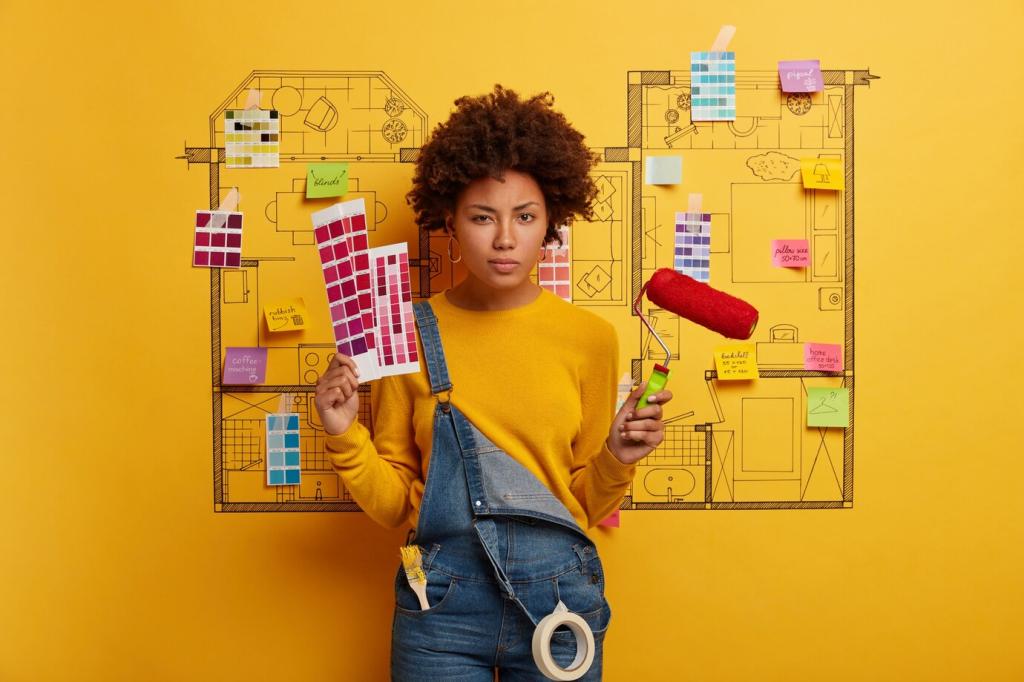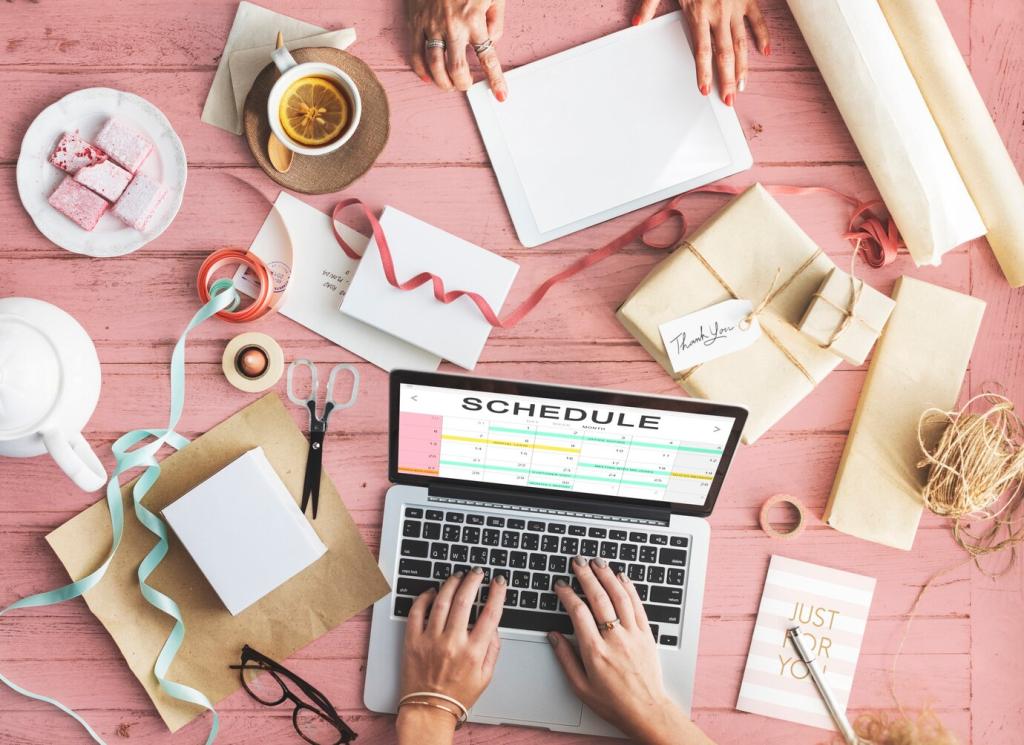Crafting Compelling Interior Design Narratives
Today’s chosen theme: How to Craft Compelling Interior Design Narratives. Welcome to a space where rooms become stories, materials become sentences, and your daily rituals become plot. Settle in, share your chapter in the comments, and subscribe for fresh, story-driven design insights.

Why Stories Belong in Every Room
From Rooms to Roles
Assign each room a role in your life’s story: a studio that sparks beginnings, a kitchen that nurtures, a bedroom that restores. When spaces serve clear narrative roles, your home guides behavior gently, aligning aesthetics with purpose. Tell us your room roles below, and inspire others to reimagine theirs.

Characters, Setting, and Plot at Home
Characters: The People and Their Needs
Profile the characters who live here: early riser, plant whisperer, weekend baker, toddler explorer. Translate traits into design decisions—quiet corners for introverts, wipeable finishes for busy cooks, layered lighting for readers. Share your household cast in a comment, and let’s brainstorm rooms that truly serve their quirks.
Setting: Context Shapes Choices
Your setting is climate, culture, light, and history. A seaside flat may crave salt-resistant finishes and breezy textiles; a brick townhouse might honor its moldings with contemporary echoes. When you honor setting, your story feels truthful. Describe your home’s context, and subscribe to receive climate-smart material guides.
Plot: Daily Rituals as Scenes
Treat rituals like scenes: the school-morning scramble, the post-run stretch, the late-night tea. Map these moments, then design props and blocking—hooks near the door, a bench by the window, a tray with infuser and cup. Tell us one ritual you want smoother, and we’ll suggest a micro-design tweak.
The Language of Materials
Texture carries subtext. Rough linen whispers ease, honed marble asserts composure, waxed timber promises warmth. Combine contrasting textures to create conversation, not chaos—coarse next to sleek, matte near gloss. Tell us your favorite tactile pairing and why it resonates, then subscribe for weekly material mood boards.
The Language of Materials
Color sets rhythm. Slow a room with desaturated hues and long tonal transitions; quicken it with crisp contrasts and decisive accents. Use a signature color as your recurring motif, reappearing in subtle beats. What color feels like your story’s chorus? Comment below, and we’ll share harmonious palettes for it.


Sequencing the Experience
Opening Line: The Entry
Your entry is the opening sentence—set tone instantly. Consider scent, a focused light, a tactile tray, and one meaningful artifact. Keep the path clear so the message reads quickly. Share a photo-worthy entry detail you love or plan to add, and subscribe for our entryway checklist.
Chapters and Transitions
Use thresholds as chapter breaks—runners, archways, changes in ceiling height, or a shift in wall color. Align sightlines with intentional focal points so the eye travels with purpose. Which transition in your home feels awkward? Comment, and we’ll offer ideas to smooth that narrative hinge.
Reveals and Cliffhangers
Design controlled reveals: a sliver view of greenery from the hall, art revealed only upon turning, a pendant that glows after dusk. Hold something back to sustain curiosity. Tell us where you’d love a reveal moment, and we’ll suggest lighting and placement strategies to stage it beautifully.


Artifacts and Personal Archives
Edit collections to a few potent pieces, then give them breathing room. Use risers, shadow gaps, and consistent frames to unify the tale. Rotate displays seasonally to keep the narrative alive. Share a collection you’re proud of, and subscribe for our guide to building a home gallery wall.
Artifacts and Personal Archives
Compose vignettes that suggest action: an open book near a throw, a cup on a coaster, headphones over a record sleeve. Style for a life mid-scene, not a showroom. Drop a comment with a corner you struggle to style, and we’ll recommend a narrative-driven vignette formula.



Narrative Usability Sessions
Watch how guests navigate: Do they hesitate at the entry table? Miss the coat hooks? Bypass your focal art? Friction flags confused storytelling. Record observations for a week and report back in the comments. We will compile insights and share community-tested fixes in our next post—subscribe to catch it.
Micro-Refinements Over Time
Shift a lamp, change a knob, lower a frame, add a tray. Tiny edits stack into narrative strength. Schedule a monthly thirty-minute refresh to keep momentum. Tell us your next micro-edit below, and we’ll cheer you on with a tailored tip for your space.
Invite the Audience
Ask friends what they remember after visiting. If their recollections match your intentions, success. If not, rewrite. Share one guest comment that surprised you, and subscribe for our printable narrative checklist to align intention, materials, and moments throughout your home.

